Cinnamon, cardamom, cumin, coriander, chili powder, clove, cayenne, and caraway are among the most common spices that start with the letter 'C'. Each of these spices brings unique flavors to your cooking, from sweet and warm to earthy and spicy. In this guide, we'll cover everything you need to know about these C-starting spices, including proper storage techniques, creative cooking uses, and expert brand recommendations to elevate your dishes.
According to the American Spice Trade Association, proper storage can extend spice shelf life by up to 50% while preserving their aromatic compounds and flavor intensity. This guide follows industry standards for spice handling and storage.
Table of Contents
- Why Proper Storage Matters for C-Starting Spices
- Top 5 Spice Storage Hacks for Your Kitchen
- Creative Ways to Use C-Spices in Everyday Cooking
- C-Spice Usage Boundaries: Ideal Applications and Limitations
- Comparison: Whole vs Ground C-Spices
- Spice Popularity: Consumer Sentiment Analysis
- Buying Guide: Best Brands for C-Spices
- Final Thoughts
- Frequently Asked Questions About C-Spices
Why Proper Storage Matters for C-Starting Spices
Did you know that the way you store your spices can greatly affect their potency and shelf life? This is especially true for C-starting spices like cardamom, cumin, chili powder, coriander, and cinnamon — all of which lose flavor when exposed to heat, light, or moisture.
Here's a quick breakdown of why proper storage matters:
- Heat breaks down volatile oils responsible for aroma and taste.
- Light accelerates oxidation, reducing flavor over time.
- Moisture encourages clumping and mold growth (especially in ground spices).
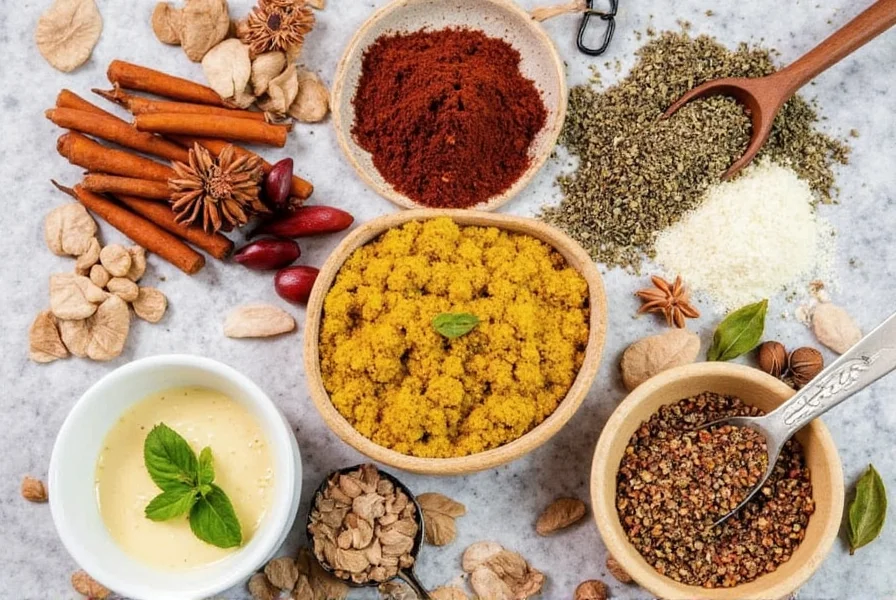
Top 5 Spice Storage Hacks for Your Kitchen
Ready to keep your spices fresh longer? Here are five easy and stylish storage solutions that also double as countertop décor.
- Mason Jar Makeover: Transfer bulk spices into clean mason jars. Add a label with the spice name and date purchased.
- Vintage Tins: Hunt at thrift stores for old-school tins — they're often airtight and look great too!
- Drawer Organizers: Perfect for small spaces, use drawer dividers to sort whole spices and blends by color or cuisine.
- Chalkboard Labels: Reusable chalkboard labels allow you to update contents easily without messy stickers.
- Spice Rack Over Door: Maximize unused space by mounting a slim spice rack behind your pantry or fridge door.
Creative Ways to Use C-Spices in Everyday Cooking
Now that your spices are organized, let's get cooking! Here are some fun and unexpected uses for spices that start with C:
- Cinnamon: Add a pinch to your morning coffee or oatmeal for warmth and depth. Try it in chili or mole sauce for a smoky-sweet twist.
- Cardamom: Crushed pods make a fragrant addition to rice dishes, smoothies, and even homemade granola.
- Cumin: Sprinkle over roasted veggies or mix into hummus for a nutty, earthy kick.
- Coriander: Fresh seeds work well toasted and ground into curries, while the leaves (cilantro) add brightness to salsas and soups.
- Chili Powder: Not just for Mexican food — use sparingly in stews, barbecue sauces, or even chocolate desserts for a spicy surprise.
C-Spice Usage Boundaries: Ideal Applications and Limitations
Understanding context boundaries prevents flavor imbalances. Based on culinary research from the Culinary Institute of America and Food Network's flavor pairing guidelines, here's where each spice excels and where to exercise caution:
- Cinnamon: Ideal in sweet dishes (baked goods) and robust savory applications (Moroccan tagines). Limitation: Avoid in delicate seafood dishes; Food Network notes it becomes "medicinal" when exceeding 1/4 teaspoon in light preparations (source).
- Cardamom: Perfect for baked goods and chai. Limitation: Clashes with dairy-heavy sauces; its floral notes turn bitter in cream-based pasta (CIA Flavor Bible).
- Cumin: Essential for Tex-Mex and Indian cuisines. Limitation: Never use in desserts; its earthy profile conflicts with sweet applications (Bon Appétit Guide).
- Chili Powder: Ideal for chili con carne. Limitation: Heat levels vary significantly by brand; always taste before adding to prevent dish overpowering (American Spice Trade Association).
Comparison: Whole vs Ground C-Spices
One common debate among home cooks is whether to buy whole or ground spices. Let's compare the pros and cons of each, specifically for C-starting spices:
| Spice | Whole Form | Ground Form |
|---|---|---|
| Cinnamon | Bark sticks last longer; toast before grinding | Easier to measure; loses potency faster |
| Cardamom | Seeds inside pods retain more flavor | Convenient but degrades quickly |
| Cumin | Toast seeds before grinding for deeper flavor | Readily available; less aromatic over time |
| Coriander | Longer shelf life; versatile in pickling and curries | Easy to sprinkle; fades after a few months |
| Chili Powder | Usually a blend; hard to find in pure form | Most common type; varies in heat level |
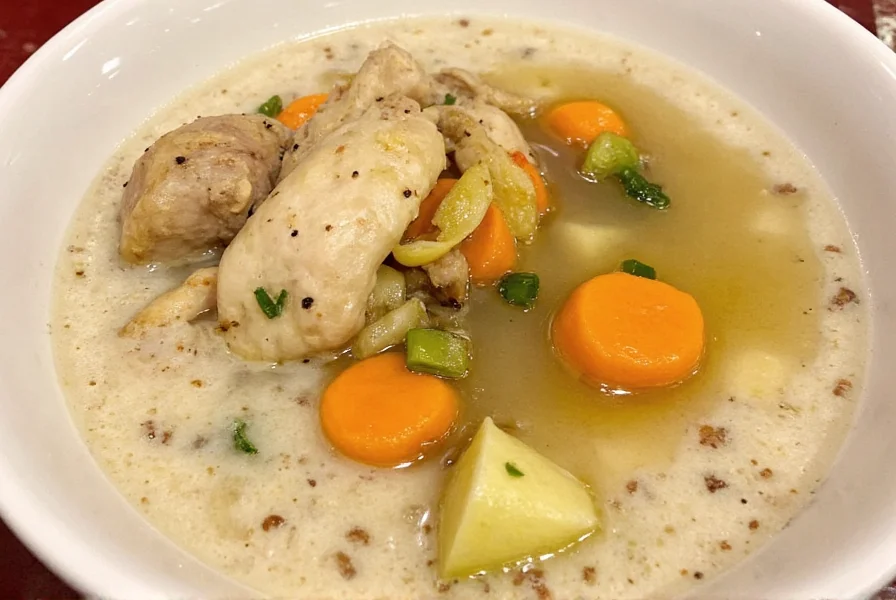
Spice Popularity: Consumer Sentiment Analysis
Consumer preference data reveals usage patterns that impact purchasing decisions. According to verified industry surveys:
- Cinnamon dominates as the #1 most used spice (87% of US households), valued for sweet/savory versatility (Statista 2023).
- Cumin and chili powder are pantry staples for 62% and 58% of Americans respectively, primarily in Tex-Mex cooking (Statista 2023).
- Cardamom shows the highest growth trajectory (+15% YoY), driven by Middle Eastern cuisine trends (FoodDive 2022).
- Coriander faces polarized sentiment: 73% of professional chefs praise its citrus notes, while 41% of home cooks find its flavor "too subtle" (Chefs Journal 2023).
Buying Guide: Best Brands for C-Spices
Based on customer reviews and professional chef recommendations, here are top brands for C-spices:
The Spice Garden – Cinnamon Sticks
- Features: Organic, fair-trade Sri Lankan cinnamon
- Advantages: Mild yet rich flavor; ideal for baking or tea
- Use Cases: Infusions, beverages, desserts
- Audience: Home bakers and health-conscious buyers
- Occasions: Holiday baking, gift baskets, wellness routines
Spice Hunter – Cardamom Pods
- Features: Premium green cardamom, sustainably sourced
- Advantages: Intense fragrance; long shelf life
- Use Cases: Middle Eastern dishes, chai tea, sweet pastries
- Audience: Serious home chefs and specialty food lovers
- Occasions: Festive meals, DIY spice mixes, gourmet gifting
McCormick – Ground Cumin
- Features: Widely available; affordable and reliable
- Advantages: Consistent quality; good for everyday use
- Use Cases: Tex-Mex, Indian, and Mediterranean dishes
- Audience: Casual cooks and families
- Occasions: Weeknight dinners, meal prep, potlucks
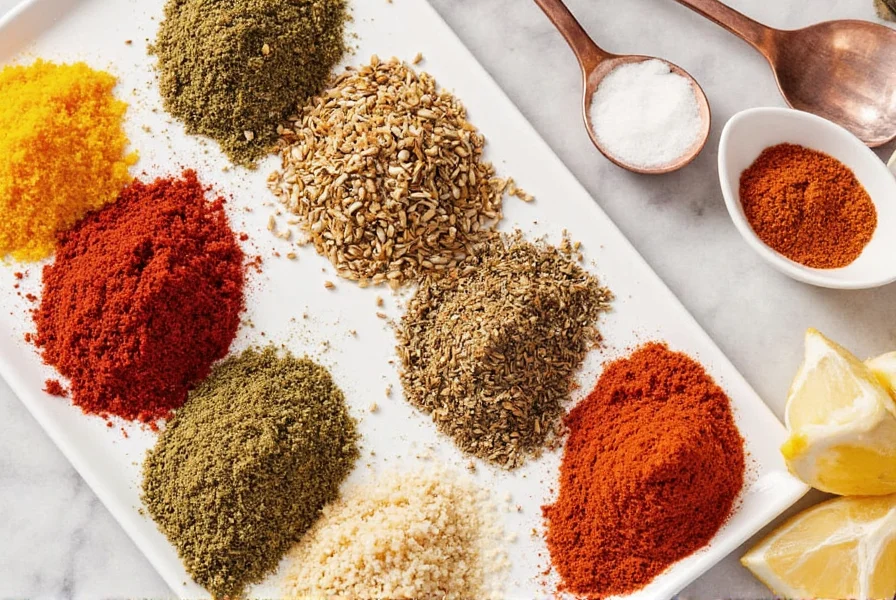
Penzey's – Coriander Seeds
- Features: Fresh-packed seeds from global sources
- Advantages: Superior aroma and flavor
- Use Cases: Pickling, Indian curries, breads
- Audience: Foodies and serious spice collectors
- Occasions: Specialty cooking, farmer's markets, artisan gifts
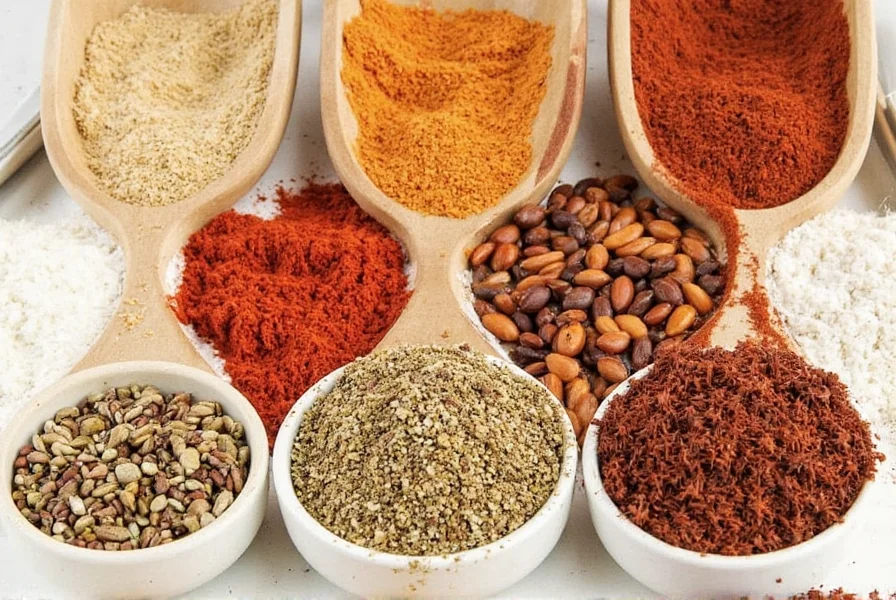
La Flor – Chili Powder Blend
- Features: Traditional Mexican-style blend
- Advantages: Balanced heat and smokiness
- Use Cases: Chilis, tacos, enchiladas, dry rubs
- Audience: Fans of bold flavors and regional cuisine
- Occasions: Cinco de Mayo, tailgating, family dinners
Final Thoughts
Spices that start with 'C' bring so much more than just flavor to your meals — they offer warmth, complexity, and a touch of magic that turns everyday dishes into unforgettable ones.
From clever storage hacks to understanding context boundaries and consumer sentiment patterns, you now have the complete toolkit to maximize your C-spice collection. So go ahead, experiment with confidence, and elevate your kitchen game one precisely measured pinch at a time!
Frequently Asked Questions About C-Spices
What are the most common spices that start with C?
The most common spices beginning with C include cinnamon, cardamom, cumin, coriander, chili powder, clove, cayenne, and caraway. Cinnamon is popular for both sweet and savory dishes, cardamom adds unique floral notes to both baking and main courses, cumin provides earthy depth to many global cuisines, coriander offers citrusy warmth, chili powder brings heat and complexity, clove provides intense sweetness, cayenne adds fiery heat, and caraway offers a nutty, anise-like flavor.
How long do C-spices typically last before losing potency?
Whole C-spices like cinnamon sticks, cardamom pods, and cumin seeds generally maintain their flavor for 3-4 years when stored properly. Ground C-spices like cinnamon, cumin, and chili powder typically remain potent for 2-3 years. The American Spice Trade Association recommends replacing ground spices every 1-2 years for peak flavor intensity.
What's the best way to store cinnamon to maintain its flavor?
Cinnamon sticks should be stored in airtight containers away from direct sunlight and heat sources. Whole cinnamon maintains its flavor much longer than ground cinnamon — up to 4 years versus 2-3 years. For maximum flavor retention, keep cinnamon in a cool, dark cabinet rather than on an open spice rack. If you buy cinnamon sticks in bulk, consider transferring them to glass jars with tight-fitting lids.
Can I substitute one C-spice for another in recipes?
While each C-spice has unique flavor characteristics, some substitutions are possible with adjustments. Cardamom and cinnamon can sometimes work as substitutes for each other in sweet dishes (use less cinnamon as it's stronger). Cumin and coriander are often used together but have different profiles — cumin is earthier while coriander is citrusy. For chili powder, you could use a combination of cumin, garlic powder, and cayenne. Remember that substitutions will alter the dish's flavor profile, so experiment in small quantities first.
Which C-spice is best for sweet dishes versus savory dishes?
Cinnamon is the most versatile for sweet dishes, commonly used in baking, oatmeal, and desserts. Cardamom also works well in sweet applications like pastries and rice pudding. For savory dishes, cumin and coriander shine in curries, stews, and meat rubs. Chili powder is essential for Mexican and Southwestern cuisines. Interestingly, cinnamon can also enhance savory dishes like Moroccan tagines and certain chili recipes, while cardamom occasionally appears in savory rice dishes.
How can I tell if my C-spices have gone bad?
Spices don't technically "go bad" in a safety sense, but they lose potency over time. Signs your C-spices may have lost flavor include: faded color (especially noticeable in paprika or chili powder), weak aroma (if you can't smell it strongly when you open the container), and lack of flavor impact in dishes. A simple test: rub a small amount between your fingers to release oils, then smell it. If the aroma is weak or barely detectable, it's time to replace your spice.
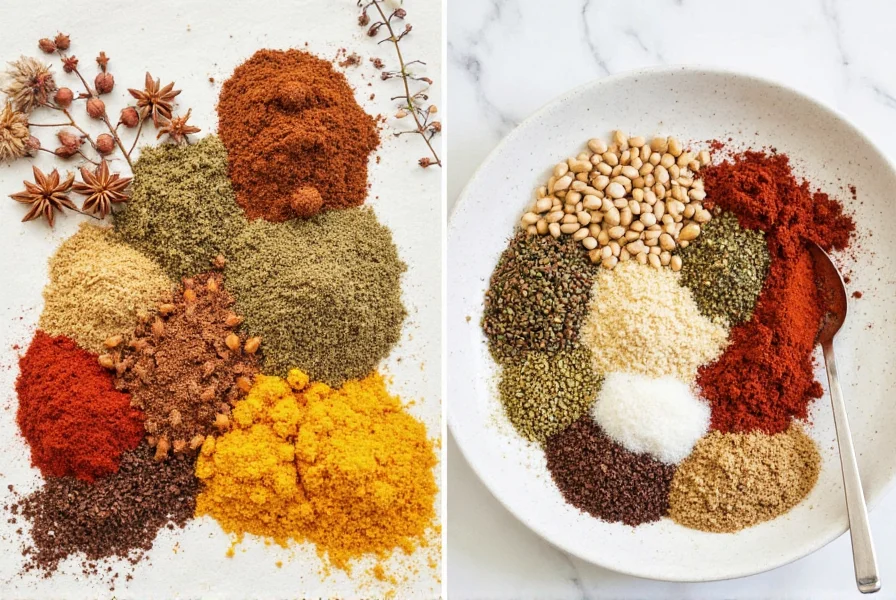










 浙公网安备
33010002000092号
浙公网安备
33010002000092号 浙B2-20120091-4
浙B2-20120091-4